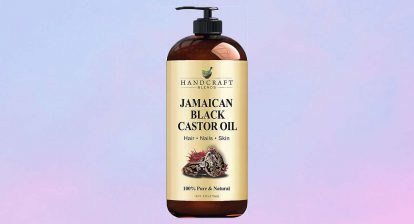1. Castor Oil: Known for its thick consistency, castor oil can be difficult to wash out completely. In the monsoon, this can lead to an oily scalp and hair, increasing the risk of dandruff and fungal infections.
2. Olive Oil: Another heavy oil, olive oil tends to weigh down hair, especially in high humidity. It can make your hair appear greasy and flat during the monsoon season.
3. Jojoba Oil: While jojoba oil mimics natural scalp oils and is usually beneficial, its residue can mix with humidity in the monsoon, making hair greasy and contributing to scalp buildup.
4. Argan Oil: Often praised for its hair benefits, argan oil can become too heavy during the monsoon, making hair look greasy and weighed down. It’s also cautioned against for those with tree nut allergies.
5. Almond Oil: Despite being lighter than some oils, almond oil can still leave a residue on hair during the monsoon, potentially leading to scalp issues.
6. Mustard Oil: Known for its strong smell and thick consistency, mustard oil is not ideal for monsoon hair care. It can weigh down hair and make it greasy.
7. Sesame Oil: While excellent for deep conditioning, sesame oil is too heavy for the humid monsoon climate. It can leave hair feeling sticky and attract dust and pollutants.
8. Coconut Oil: A popular choice, coconut oil’s heavy texture can make hair greasy during the monsoon. It may also attract dirt, potentially clogging hair follicles and leading to scalp issues.
Choosing lighter oils or reducing the frequency of oil application can help maintain hair health during the monsoon. Opting for products suited to your hair type and climate conditions ensures your hair stays nourished and free from excess grease and buildup.







